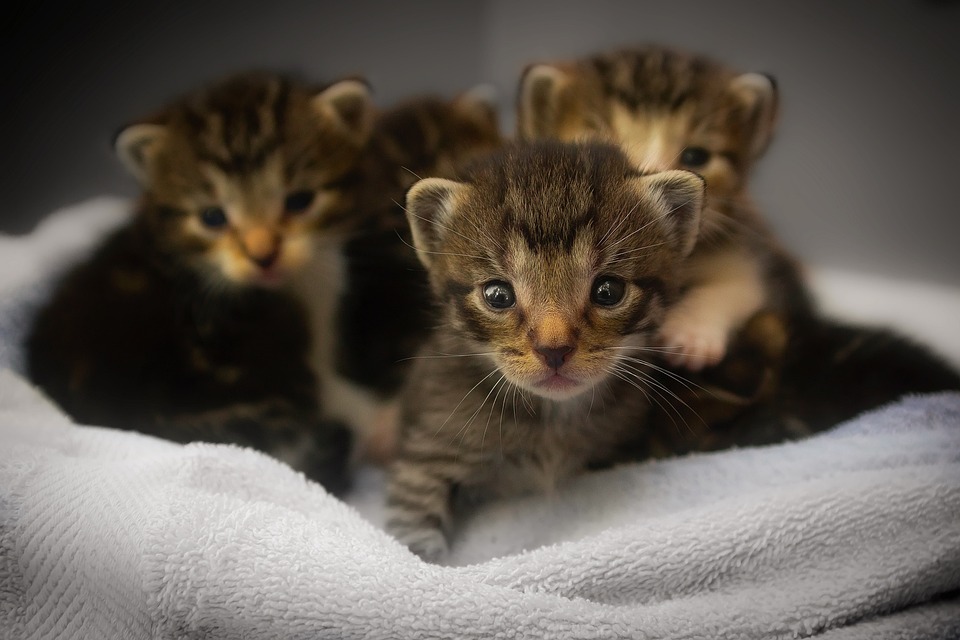Cats are prone to a variety of respiratory issues that can have a significant impact on their overall health and well-being. As responsible cat owners, it is important to be knowledgeable about these common respiratory problems, including their causes, symptoms, and potential treatments. This article aims to provide an understanding of some of the most prevalent respiratory issues that affect cats, along with a FAQ section to address common concerns.
One of the most common respiratory problems in cats is Upper Respiratory Infections (URI). These infections can be caused by viral infections, such as feline herpesvirus and calicivirus, or bacterial infections like Bordetella bronchiseptica. The symptoms of URI in cats include sneezing, nasal discharge, coughing, wheezing, and conjunctivitis (inflammation of the eyes). Treatment options for URI include antibiotics for bacterial infections, antiviral medications for viral infections, and supportive care such as humidifiers and steam therapy.
Feline Asthma is another respiratory issue that commonly affects cats. It can be caused by allergens like pollen and dust mites or stress. Symptoms of feline asthma include coughing (which is often mistaken for hairballs), rapid or difficult breathing, and wheezing or open-mouth breathing. Treatment for feline asthma may involve medications like bronchodilators and corticosteroids, minimizing exposure to allergens, and reducing stress triggers.
Chronic Rhinosinusitis is a chronic inflammation of the nasal passages and sinuses in cats. It can be caused by upper respiratory infections or dental disease. Symptoms of chronic rhinosinusitis include nasal discharge (often thick and foul-smelling), sneezing, congestion, and loss of appetite. Treatment options for chronic rhinosinusitis include antibiotics for bacterial infections, nasal flushes or irrigation, and surgical interventions for severe cases.
The FAQ section of this article addresses common questions that cat owners may have about respiratory issues in cats. The questions cover topics such as prevention, natural remedies, providing relief during upper respiratory infections, the lifelong nature of feline asthma, and the ability of cats with respiratory issues to live with other cats. Each question is followed by a detailed answer to provide a comprehensive understanding of the topic.
In conclusion, understanding common respiratory issues in cats is essential for early detection, proper treatment, and prevention. By being aware of the causes, symptoms, and appropriate treatments for conditions such as upper respiratory infections, feline asthma, and chronic rhinosinusitis, cat owners can ensure their feline companions lead healthy and comfortable lives. It is important to consult with a veterinarian if you suspect your cat is experiencing respiratory problems, as they can provide an accurate diagnosis and tailored treatment plan.








